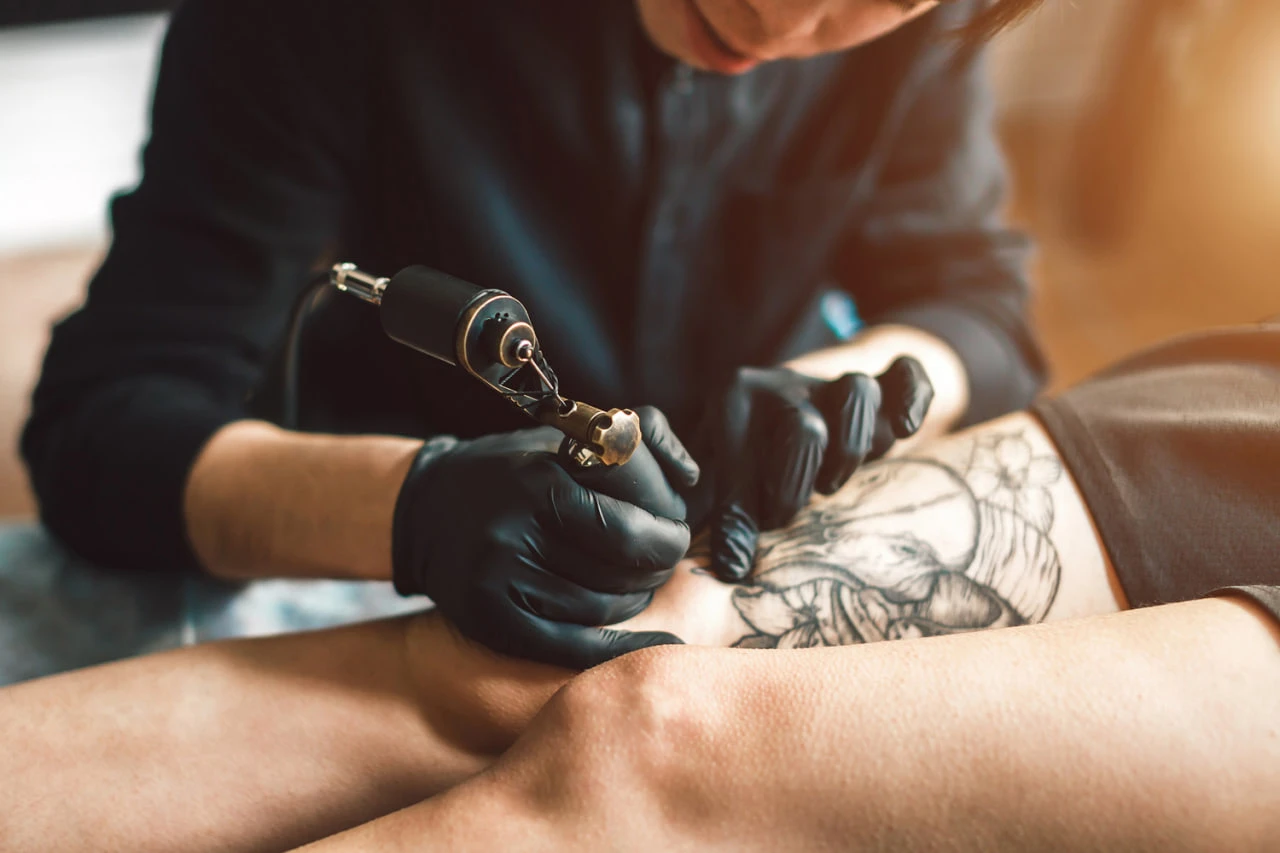According to scientists from the New York Institute of Technology, the removal of the laser tattoo may deteriorate allergic reactions to the previously rubbed ink. The results of the study were published in the "JDSCT" of Dermatology and Cosmetic Technology.
Scientists have conducted a meta analysis of the advantages of studying various methods of tattoo removal. The most common methods were Q-switch lasers capable of causing very powerful and short pulses.
The analysis has shown that the effects of laser in cases of tattoo pigments, particularly red, can cause a hazardous immune response. According to scientists, the beam "destroys" the ink particles of microarts, which then spread faster throughout the body. This can lead to an increase in inflammation and even a systemic allergic reaction, including rose and angiomedema.
The researchers explained that allergies to the ink of the tattoo are not uncommon. Reactions can be delayed to emerge months or years later. Most often they are manifested with redness, itched and swelling. In severe cases, granulomas, node of immune cells are formed around the pigment. Laser can "wake" these forms, increasing inflammation and the risk of scars.
The authors of the study emphasize that laser therapy should not be used if there is any doubt of allergies. Instead, doctors can use corticosteroid creams, hormonal injections in the inflamed section and surgical removal of tattoo (in severe cases). Experts also recommend holding a preliminary test to determine the allergen accurately.
"Doctors and patients must be careful. First exclude allergies and only then plan the removal. This algorithm can prevent thousands of complications and improve safety in aesthetic medicine, "said the authors of the study.
Translation of: Euromedia24.com


























